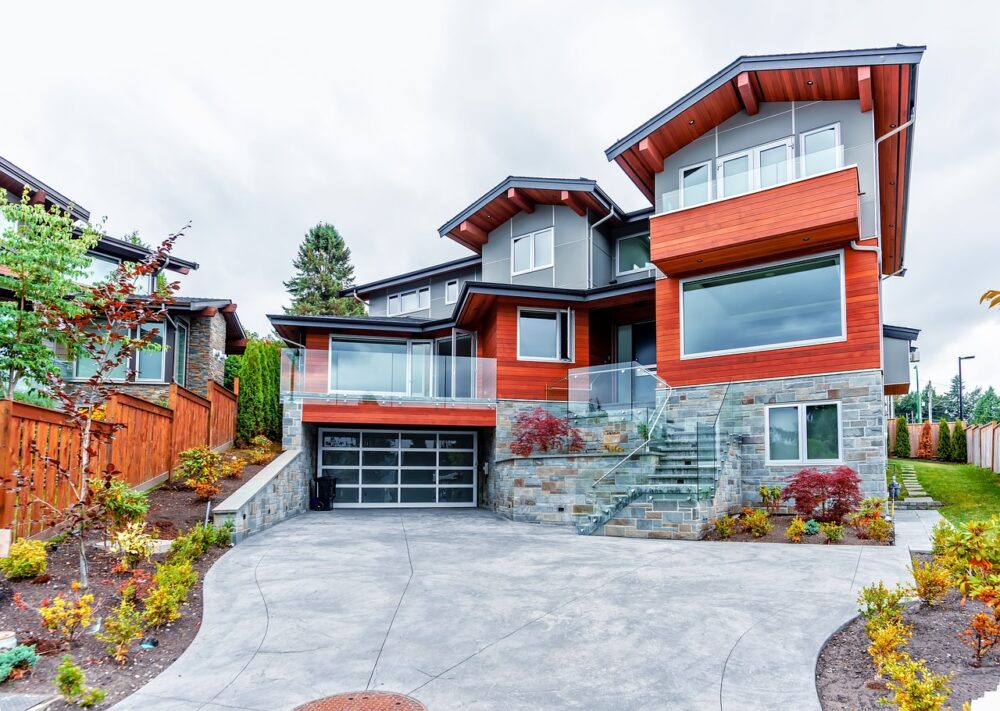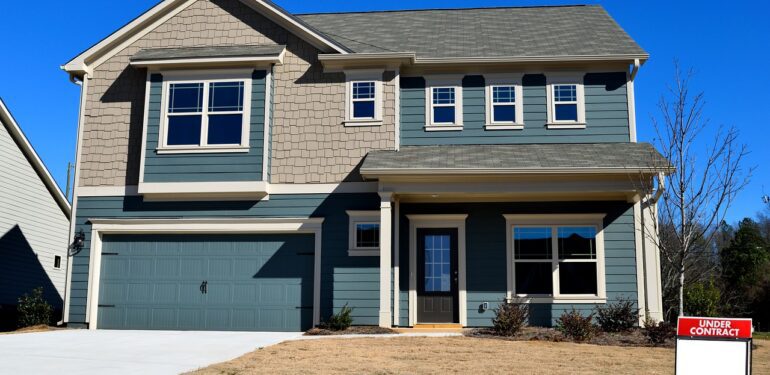The clunks, creaks, and groans that sometimes emanate from this functional space can create a laundry list of potential worries for homeowners. Fortunately, many of these issues have simple solutions that even the least DIY-inclined person can handle. In this comprehensive guide tailored to homeowners, DIY enthusiasts, and car owners, we’re tackling some of the most persistent garage problems with quick fixes that will not only save on costly repair bills but also help ensure your garage remains a well-oiled machine. From lubricating those mysterious squeaky hinges to diagnosing sensor misalignments, read on to transform your garage from a source of stress to one of security and order.
Hiring Professional Repair Services
Although it’s good to be self-sufficient, there are times when the job calls for professional hands. In the case of major structural or electrical issues with your garage door, or if you’re simply unsure of what the problem might be, it’s best to reach out to a licensed technician. Delicate repairs such as torsion spring adjustments or motor replacements can be hazardous, and professional service will not only fix what’s broken but also ensure all safety standards are met. From hiring experts at EasyGarageDoorRepair.com to finding reputable repair companies in your area, there are plenty of resources available to help you find the right professional for the job. Remember, safety first. Ponder your abilities and the complexity of the repair before committing. It’s always better to have an expert on speed dial, just in case.
Lubrication of Moving Parts
A seemingly minute task, keeping the moving parts of your garage door properly lubricated can work wonders for its longevity and smooth operation. The first step is to identify the parts that need lubrication; these include the hinges, metal rollers, tracks, and even springs. Be cautious to use a silicone-based lubricant for the rollers and track, as oils can accumulate dust and make a mess over time. For the springs and hinges, a product specially designed for this use will prevent rust and keep the motion nice and quiet. Apply in moderation and wipe away excess to avoid it attracting dirt which can quickly lead to a grimy build-up.
Tightening Loose Hardware
The combination of a heavy garage door and constant use can cause hardware to loosen over time, leading to an unsettling amount of play in the door’s mechanics. It’s essential to inspect and tighten all the visible hardware, including the brackets that secure the track to the wall and the ceiling. But don’t overdo it—nuts and bolts can strip if you apply too much force. Ensure everything is snug but doesn’t require excessive pressure. If you find yourself repeatedly tightening certain components, it may be a warning sign that the door or track has sustained some damage or is misaligned—consider a professional assessment in those cases.
Aligning the Garage Door Sensors
Garage door sensors are a nifty safety feature that prevents the door from closing when there’s an obstruction. However, they can also be a source of frustration if not aligned properly. If your door won’t close and the lights on these sensors are blinking, that’s a strong indication that it’s an alignment issue. First, check for any obvious obstructions like dirt, leaves, or the eye being bumped out of position. Once you’ve ensured the path is clear, adjust the sensors until the indicator lights are solid, indicating they’re aligned and the door should function as expected. This often involves a slight but precise hand—make sure to make gradual adjustments and test the door after each so as not to overshoot.

Replacing the Weatherstripping
The weatherstripping at the bottom of your garage door is a key component in keeping the elements out, and over time, it can wear and crack. Replacing this strip is a straightforward process. Start by prying off the old strip, making sure not to damage the seal or the door itself. Then, clean the area where the new strip will go, ensuring a secure and clean base for the adhesive backing of the stripping. Carefully press the new stripping in place, smoothing it down to ensure a solid attachment. When in doubt, you can always refer back to your garage door’s manual to confirm your weatherstripping needs and the application process.
Clearing the Tracks
Track obstructions are not only a common problem but also one of the most damaging if not addressed immediately. Clearing the tracks involves a visual and manual inspection. Look for any kind of debris, like rocks or leaves, and remove them promptly. Sometimes, the build-up can be more subtle, such as a fine layer of dust that obstructs the rollers. In such cases, it’s crucial to clean the tracks with a non-abrasive cleaner and a cloth to ensure optimal performance. If the track itself appears to be damaged in any way—don’t panic. Even if it means replacing part or all of the track, it’s a preferable cost to the dangers and damages that can occur with a poorly operating garage door.
These quick fixes, although sometimes requiring a little more than elbow grease, are crucial in maintaining a secure and efficient garage. By paying attention to these common issues, you’re safeguarding your home and possessions while also extending the life of your garage door’s mechanical components. However, it’s equally vital to know your limits and when professional help is needed. Engaging in regular maintenance, understanding the signs of common garage issues, and acting promptly can make a significant difference in the functionality and overall well-being of your garage. Between the step-by-step guidance shared and your newfound confidence, your garage will no longer be a dark area filled with daunting problems, but a well-cared-for and integral part of your home sweet home.


